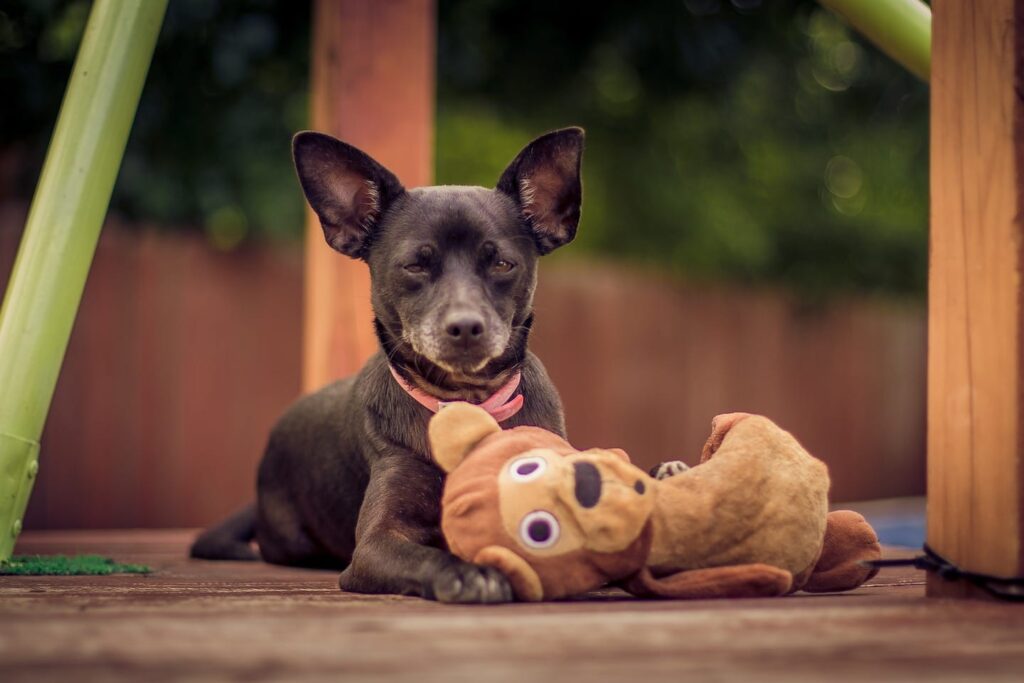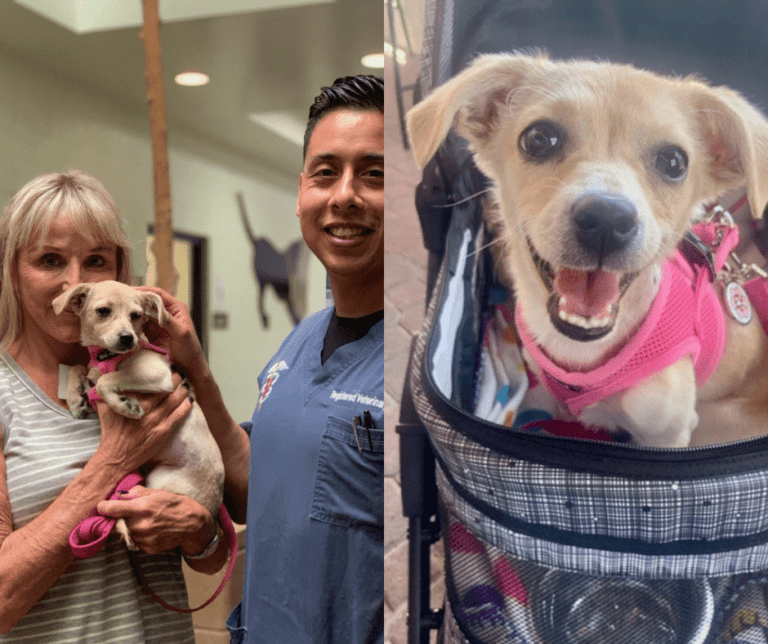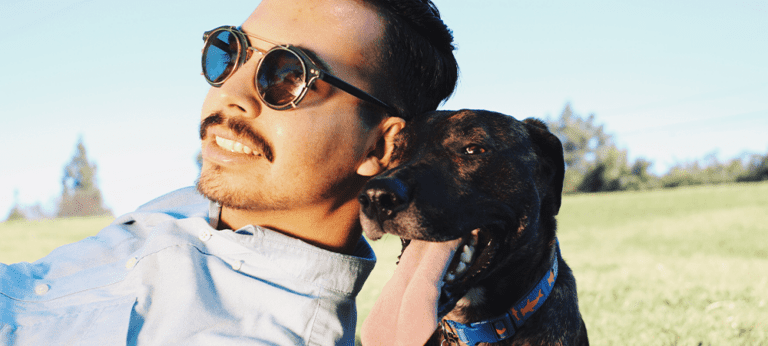Treating Possessive Aggression in Dogs


Many dog owners are startled when their loving pet starts to growl or even bite when they try to take away a cherished toy or bowl of food. The behavioral term for this is possessive aggression and it is very common dog aggression behavior. Control of important resources is somewhat normal in dogs, but possessive aggression exceeds the tolerated limits of this behavior.
Dogs that have lived as strays or were allowed to roam free may develop possessive aggression as a means of survival. Lack of appropriate training of puppies, that show these traits, can reinforce their possessive behavior, and the aggressive dog behavior can worsen over time.
Possessive aggression occurs only when the dog is defending an object. Signs of possessive aggression can be a component of dominance aggression where other bad behaviors are observed.
The treatment of possessive aggression involves a number of options. If the object is non-essential, it can be removed from the home, such as a toy.
If the item cannot be removed, then behavioral modification techniques, such as desensitization and counter-conditioning, may be used. Desensitization is a behavioral technique used to diminish an emotional response to a negative stimulus (guarding the food when approached) after repeated exposure to it. In counter-conditioning the unwanted response is replaced by a new, wanted response such as siting. These techniques are designed to alter the dog’s response to people and other animals that approach the coveted item. If the behavior is severe, it is always good to seek professional help (dog trainer or behaviorist).
In the case of food guarding, the bowl needs to be removed when the pet is not around. After that, the pet is fed by hand after performing a command like “sit.” They need to first learn not to bite the hand that feeds them.
After a few days, a new bowl with only a few bites of food is introduced the same way with a command and the pet must stay until you release them. Continue to feed by hand and praise if no possessive signs are observed. The guarding of toys can be improved by fetch and release games that end with rewards (treats and praise).
Many cases of possessive aggression significantly improve with treatment; however, several weeks to months are often needed to achieve a satisfactory response.



